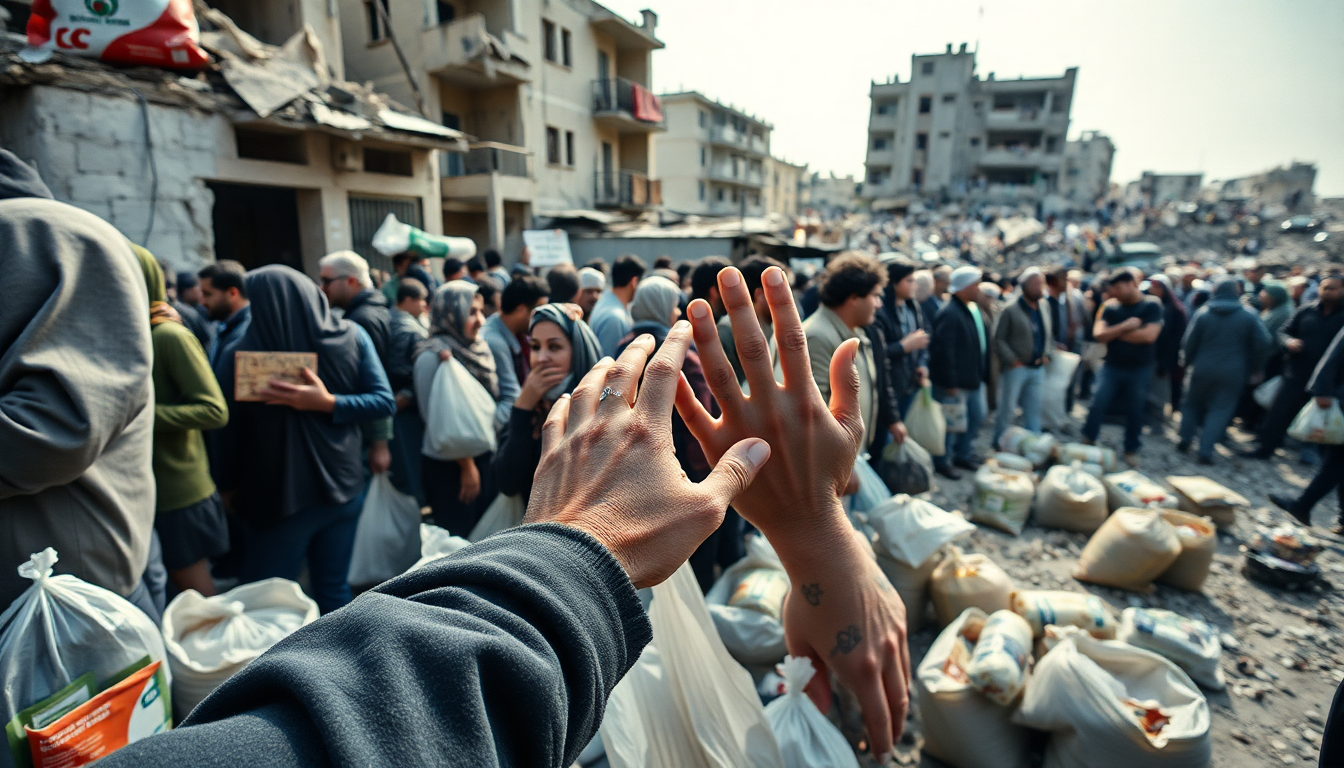Table of Contents
The humanitarian crisis in Gaza has escalated to alarming levels, with violence intensifying and the distribution of aid becoming increasingly dangerous. Recent reports reveal that as many as 71 individuals have tragically lost their lives as desperate citizens flock to aid distribution sites managed by the Gaza Humanitarian Foundation (GHF).
This dire situation reflects a troubling trend, as Israeli forces are reportedly targeting those in desperate need of assistance, raising urgent questions about the safety and effectiveness of current humanitarian efforts.
The grim reality of aid seekers
Palestinian health workers and eyewitnesses paint a harrowing picture: the latest attacks have led to numerous fatalities, with estimates suggesting that around 50 people died while waiting for help.
These heartbreaking incidents occurred at various distribution points set up by the GHF, which have come under fire for their handling of humanitarian assistance. The head of the United Nations Relief and Works Agency (UNRWA) has described these locations as “death traps,” highlighting the critical dangers faced by those seeking refuge and support.
The situation is further complicated by reports emerging from hospitals across Gaza, where the reality becomes even more stark. Medical sources indicate that a significant number of casualties have happened near these aid distribution centers. For instance, incidents on Salah al-Din Street alone resulted in at least 25 fatalities and over 140 injuries.
Such events reveal the chaotic environment surrounding aid distribution, with hospitals overwhelmed by an influx of victims and emergency wards bursting at the seams.
Understanding the role of GHF in the crisis
The Gaza Humanitarian Foundation has found itself at the heart of this crisis, having launched its aid distribution program in late May after a prolonged blockade left many without access to essential supplies.
However, this well-intentioned intervention has been overshadowed by accusations of prioritizing military objectives over genuine humanitarian needs. The UN has distanced itself from the GHF, raising concerns about its operational methods and the risks posed to civilians.
This violence at GHF distribution sites is not an isolated incident; it has become a near-daily occurrence, with over 400 people reportedly killed since the program began.
This staggering figure calls into question the effectiveness of the GHF’s approach to aid distribution. Humanitarian organizations and human rights advocates are increasingly alarmed about the implications of militarized aid efforts. Isn’t it time we reconsider how help is delivered in such critical situations?
The international response and future outlook
In response to these ongoing crises, international human rights organizations have condemned the GHF’s operations, advocating for a thorough reevaluation of how humanitarian aid is administered in Gaza. The International Commission of Jurists, alongside several other groups, has denounced the GHF’s privatized model of aid delivery, arguing that it violates fundamental humanitarian principles and could implicate actors in war crimes.
The head of Palestinian refugee affairs at the UN has called the current aid distribution system an “abomination,” stressing the urgent need for a more humane and effective approach that prioritizes the safety and dignity of those in need. As violence continues and humanitarian access remains fragile, the international community is faced with a pressing challenge: how can we address the immediate needs of the population while also tackling the deeper political dynamics that exacerbate this crisis?





